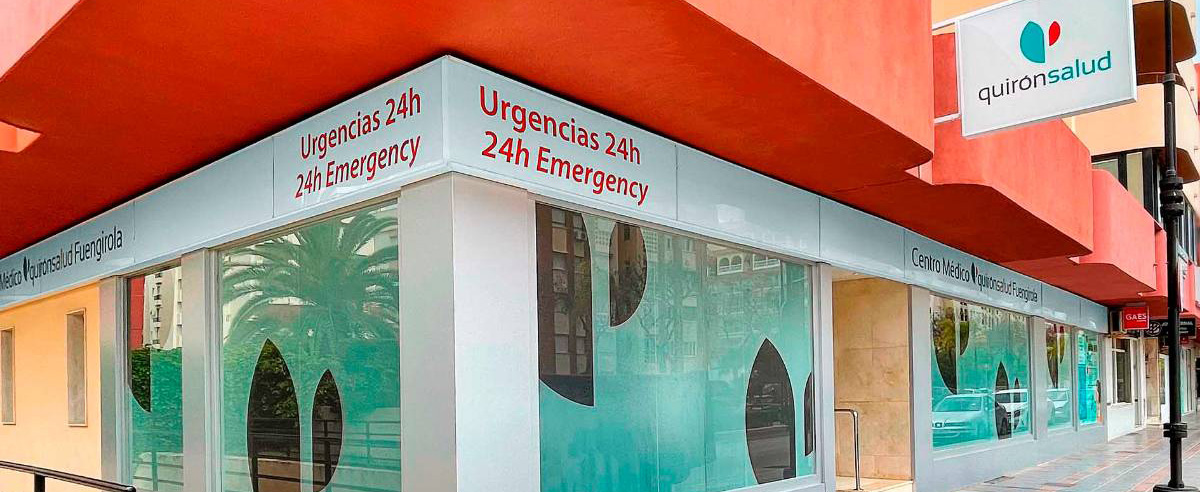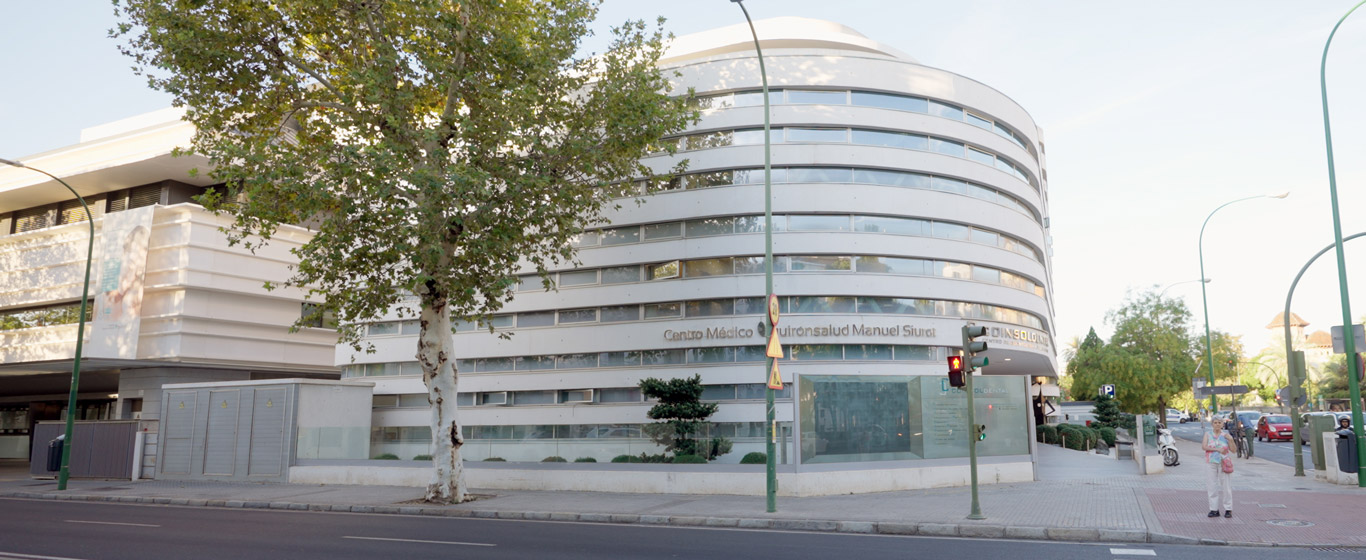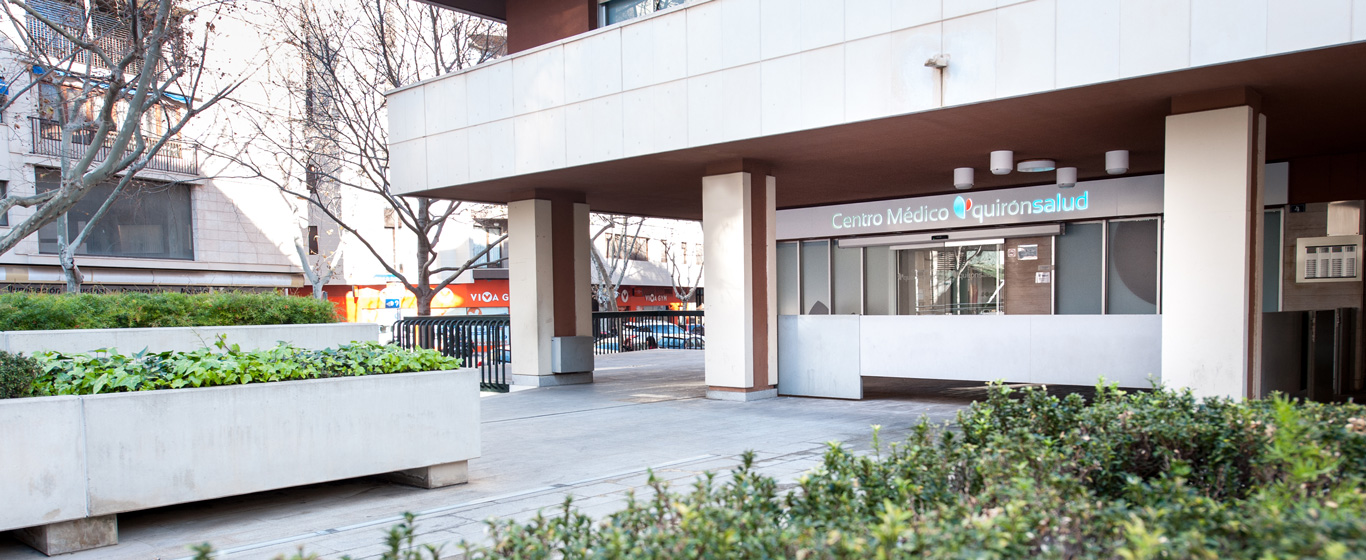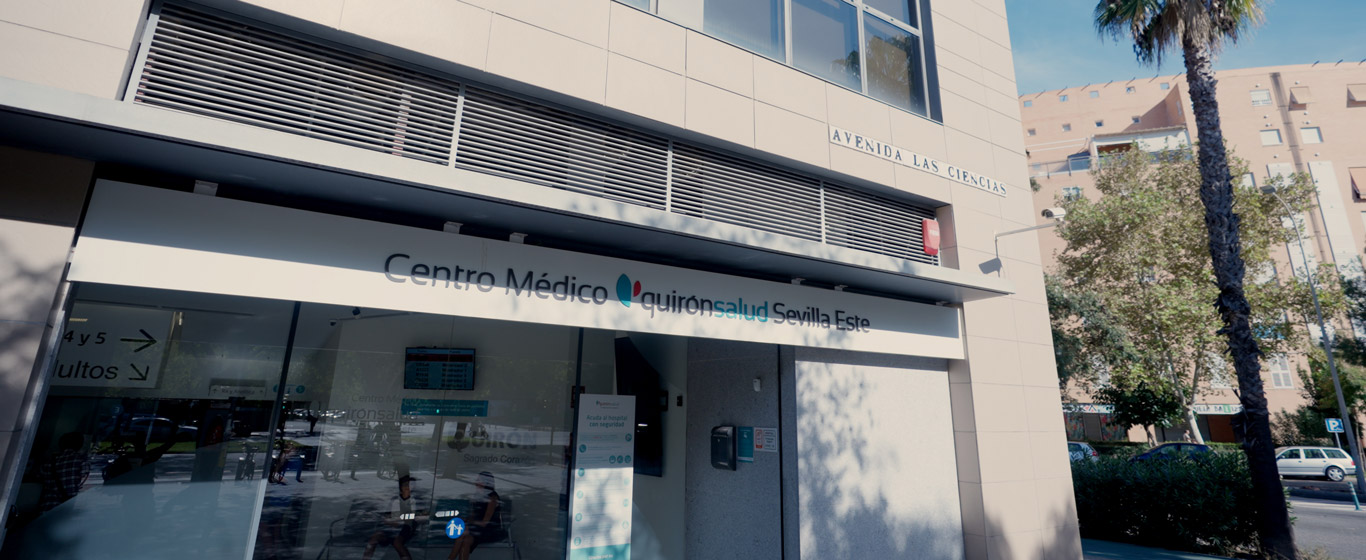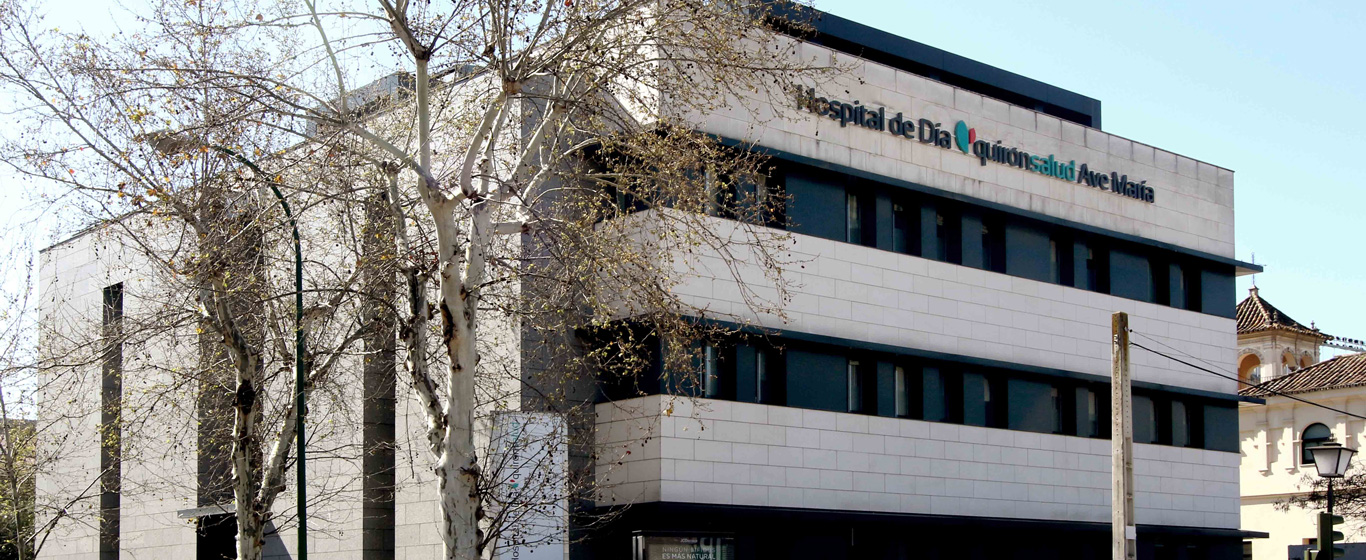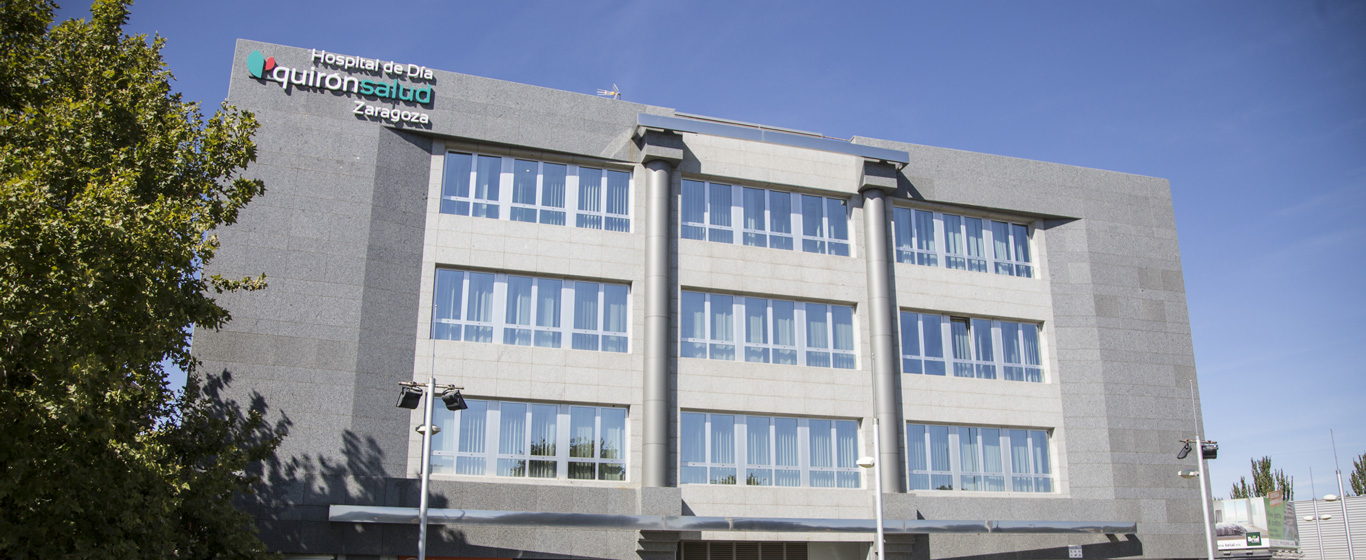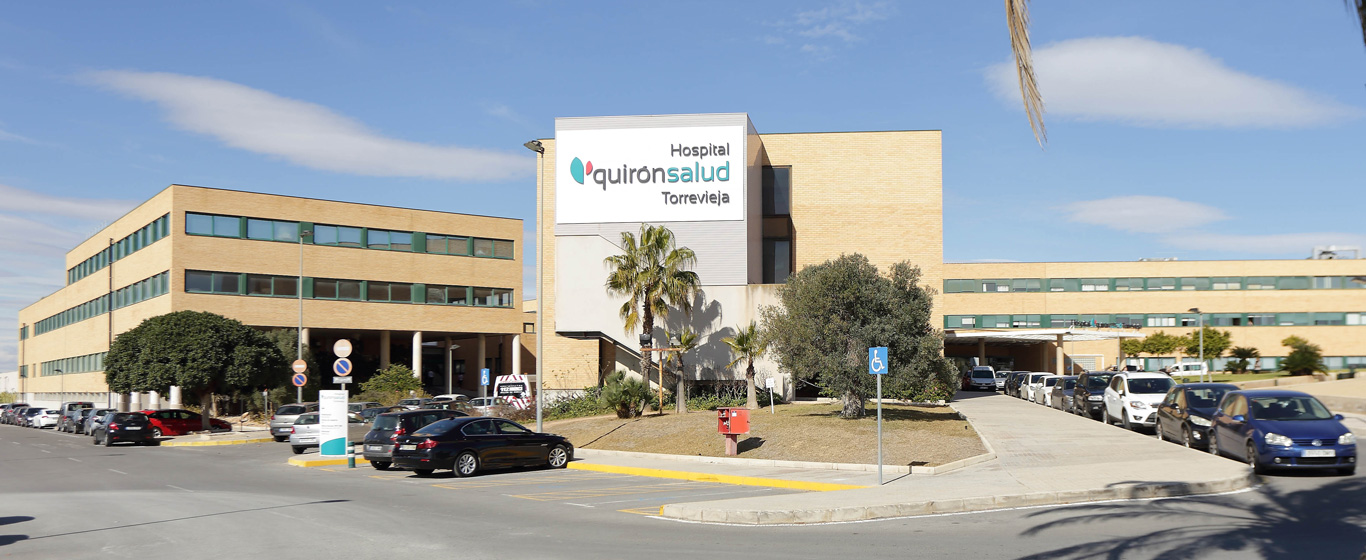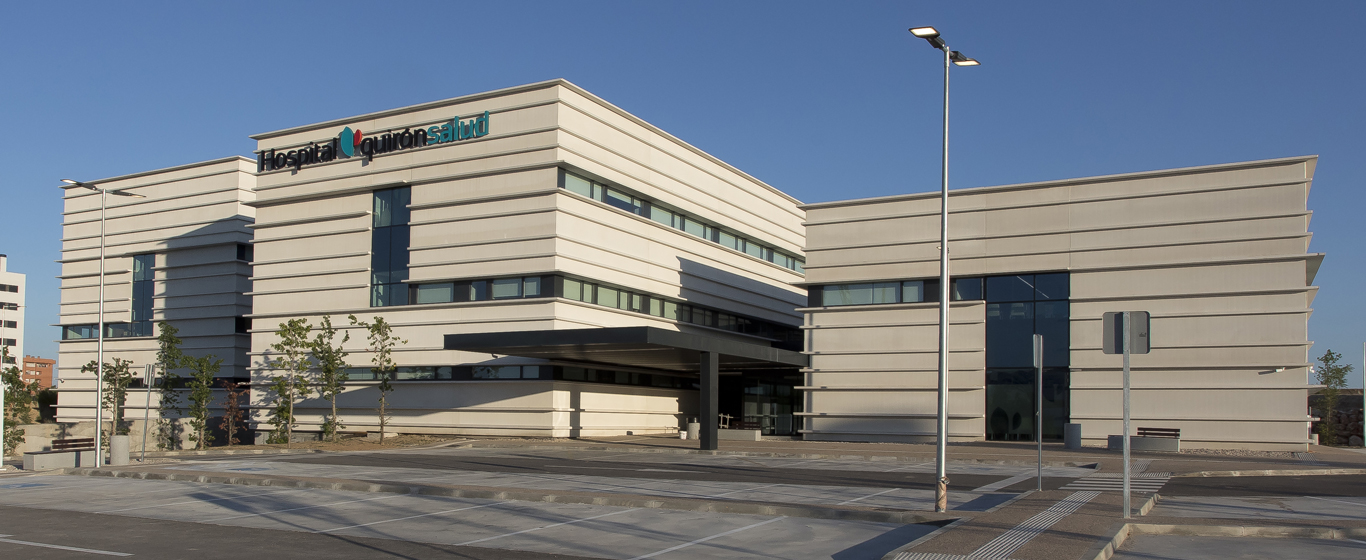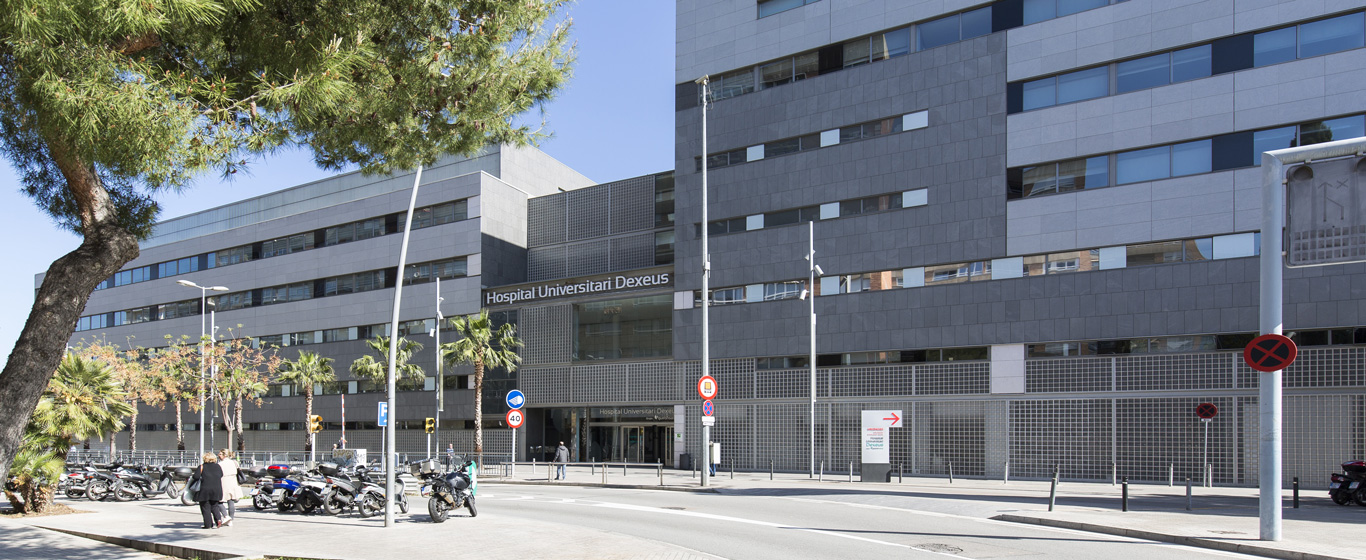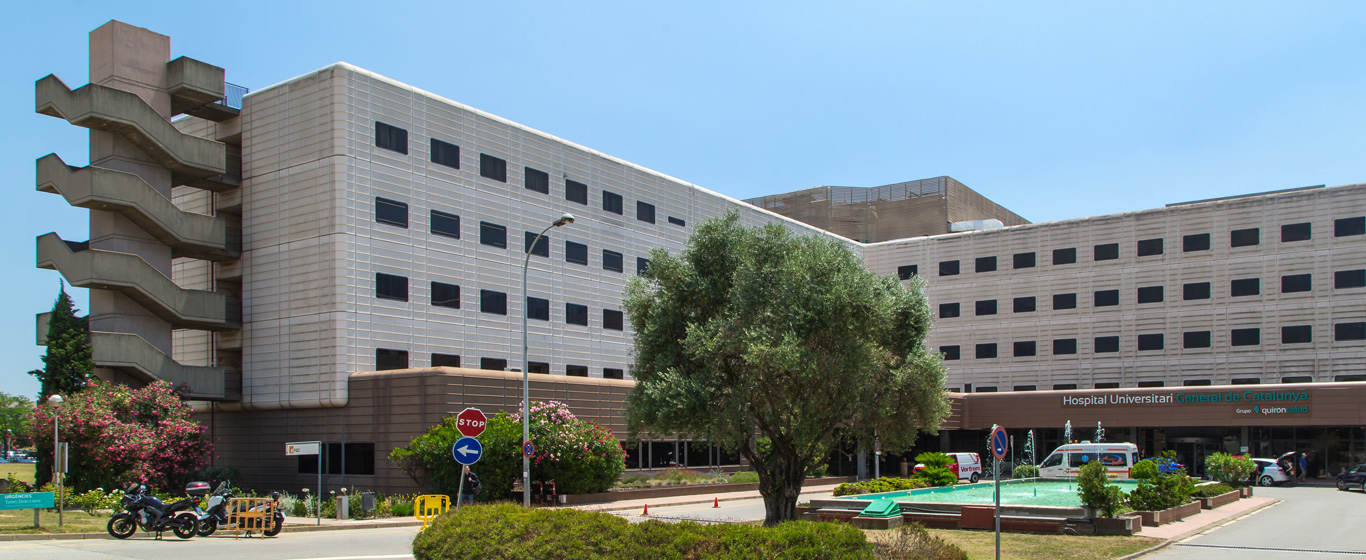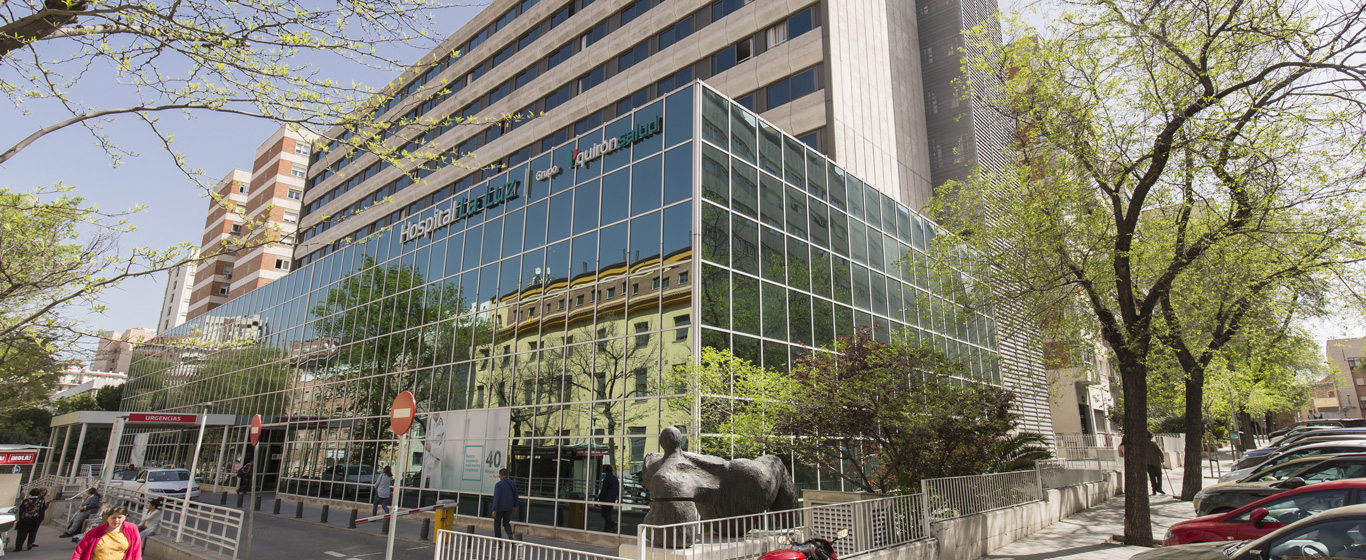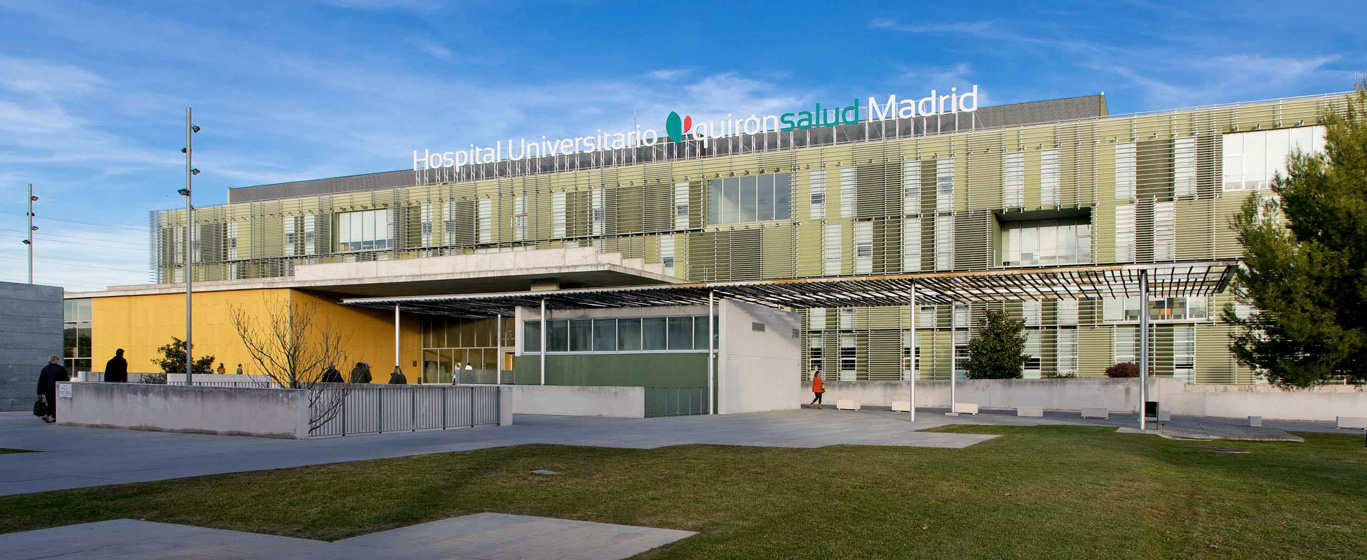Aortic Dissection
What are the consequences of an aortic dissection? Learn all about the causes, symptoms, and treatments for this condition.
Symptoms and Causes
Aortic dissection, also known as dissecting aortic aneurysm, is a condition in which a tear occurs in the inner layer of the aortic wall. When blood enters through the tear, it separates the inner and middle layers of the arterial wall. This separation creates a false lumen in the artery, which extends along the aorta as the dissection progresses, potentially compromising secondary blood vessels, which may become obstructed.
Aortic dissection occurs in a weakened area of the aortic wall. Based on the affected section, it is classified into two types:
- Type A aortic dissection: The most common and dangerous type. The tear occurs in the ascending aorta and may extend to the abdomen.
- Type B aortic dissection: The rupture occurs in the descending aorta and can also extend to the abdomen.
Based on the progression timeline, it is classified into:
- Acute aortic dissection: Symptoms appear within less than 8 days.
- Subacute aortic dissection: Symptoms develop between 8 and 30 days.
- Chronic aortic dissection: Symptoms progress for more than 30 days.
Aortic dissection is a very rare but extremely severe condition that requires immediate medical attention and has a high mortality rate.
Symptoms
Aortic dissection symptoms are often similar to those of other heart conditions and may vary depending on the extent of the dissection and the affected secondary vessels:
- Sudden, severe, and tearing pain in the chest (Type A) or upper back (Type B).
- Syncope.
- Sudden, intense abdominal pain.
- Shortness of breath.
- Weak pulse on one side of the body.
- Weakness or paralysis on one side of the body.
- Vision problems.
- Difficulty speaking.
- Leg pain and difficulty walking.
Causes
Aortic dissection occurs due to the combination of three factors: an increase in aortic diameter, elevated blood pressure, and a damaged aortic wall. These conditions can be caused by:
- Chronic hypertension: Gradually weakens the arterial wall and is the most common cause of aortic dissection.
- Aneurysms.
- Congenital heart and vascular defects, such as aortic coarctation, patent ductus arteriosus, or bicuspid aortic valve.
- Hereditary connective tissue disorders, such as Marfan syndrome or Ehlers-Danlos syndrome.
- Turner syndrome.
- Atherosclerosis.
- Trauma causing a strong impact on the chest.
In rare cases, dissection occurs due to a catheterization of the artery or cardiovascular surgery (iatrogenic aortic dissection).
Risk Factors
Conditions that increase the risk of developing an aortic dissection include:
- Age: Most common between 40 and 70 years old.
- Sex: More frequent in men.
- Pregnancy and postpartum period.
- Smoking.
- Obstructive sleep apnea.
- Inflammatory diseases causing vasculitis: May lead to aneurysms.
Complications
Aortic dissection can cause several severe complications:
- Obstruction caused by the false lumen in other blood vessels: The most frequent complication, which can lead to:
- Stroke if the brain arteries are blocked.
- Heart attack if the coronary arteries are affected.
- Kidney failure if the renal arteries are compromised.
- Neurological or spinal cord damage if spinal arteries are involved.
- Cardiac tamponade: Blood leaking from the dissection accumulates in the chest and enters the pericardial cavity. As a result, the heart does not fill properly, which can be fatal.
- Heart failure: If the dissection occurs in the ascending aorta near the heart, it may affect the heart valve junctions and cause leakage.
Prevention
The risk of aortic dissection can be reduced by taking measures to maintain cardiovascular health, such as controlling blood pressure, avoiding smoking, and maintaining a healthy weight. It is also essential to properly treat underlying conditions related to dissection.
Additionally, preventing and managing aortic dilation is crucial. Preventive aortic repair is recommended when the aortic diameter exceeds 55 millimeters, or 45 millimeters in patients with Marfan syndrome or other connective tissue disorders.
What Specialist Treats Aortic Dissection?
Aortic dissection is evaluated and treated by specialists in cardiovascular medicine and surgery.
Diagnosis
Aortic dissection is suspected when three clinical factors are present:
- History of hypertension or a connective tissue disorder.
- Sudden and severe chest pain.
- Presence of a heart murmur or asymmetry in peripheral pulses.
If suspected, additional tests are performed to confirm the diagnosis:
- Chest X-ray: Can reveal aortic widening.
- Imaging tests, such as echocardiogram, computed tomography (CT), or magnetic resonance imaging (MRI), to visualize the two aortic lumens separated by the dissection flap.
Treatment
Aortic dissection requires urgent treatment in an intensive care unit:
- Medication: Beta-blockers or calcium channel blockers are administered to lower blood pressure and heart rate, helping to limit dissection progression and relieve chest pain. This treatment may need to be continued for life.
- Surgery for Type A aortic dissection: The damaged portion of the aorta is removed, the tear between the middle and outer layers of the arterial wall is closed, and the aorta is reconstructed using a synthetic graft. If the aortic valve is damaged and leaking, it is also repaired or surgically replaced.
- Surgery for Type B aortic dissection: A covered endovascular stent is implanted, which consists of a hollow tube placed in the damaged aortic area and expanded to form a stable conduit for blood flow.







